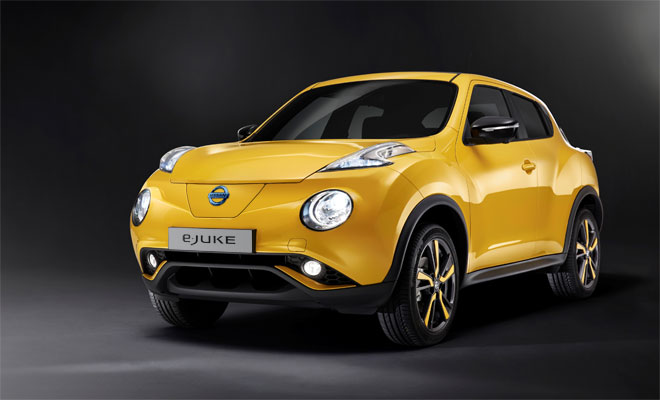by Lem Bingley 
Last week, I wondered where all the electric car cabriolets might be. This week, I’ve been wondering whether low-carbon motoring needs an urgent injection of fun.
Toyota, for example, produces some of the most efficient vehicles on the road today. Cars like the Auris Hybrid and Plug-in Prius are outstanding at eking out extra miles per gallon, but both are about as invigorating as a mug of warm cocoa. Neither is going to appeal when what you’re after is a devilish cup of double espresso.
Toyota has recently produced a car that’s not in the least bit soporific, in the appealingly back-to-basics shape of the GT86. It’s great fun to drive, given its two-seater, rear-wheel drive layout. It’s also reasonably light in weight and briskly propelled by a 197bhp four-cylinder petrol engine. But it’s not the most economical option around, managing only 36.2mpg on its combined cycle test and an embarrassing 181g/km of CO2. That’s the same kind of ballpark BMW manages to land in with its 435i, a six-cylinder, 306bhp, petrol-powered four-seat coupé.
The solution is obvious. Transplant the hybrid petrol-electric running gear from the excellent Lexus IS 300h into the GT86. Though slightly down on power at 178bhp, the IS 300h boasts a little more torque than the Toyota and so a hybrid GT86 should still get to 62mph in under 8 seconds. The Lexus hybrid is also rear-wheel-drive in layout, unlike the front-driven arrangements under the skin of the Prius and Auris.
I’m not sure where the hybrid battery would fit, but no doubt we can leave that to the ingenuity of Toyota’s engineers. Reportedly, the company is actually working on a hybrid GT86.

Next up is Nissan. It’s Leaf EV may be the world’s best selling electric car by far, but it’s still a mid-sized Nissan hatchback with a dubious family resemblance to a duck. It barely stands comparison with the Juke and Qashqai, which have banished boring and enjoyed a level of sales success far beyond expectations.
It seems this trend has not gone unnoticed by Kia, which will shortly lunch an electric car based not on the humdrum underpinnings of its Ceed hatchback, but on its chunky, funky Soul crossover.
Surely Nissan could follow suit, and transplant the proven battery-electric powertrain from the Leaf into the recently revamped Juke, to create an e-Juke. The result might not be as slippery as a Leaf, but it’s not as boxy as an NV200 panel van, and the bluff nature of the latter hasn’t stopped Nissan creating an e-NV200.
An e-Juke would surely be a sales winner. And given that the Leaf is built on a mixed assembly line alongside the Juke, the two must already share a number of engineering commonalities. How hard can it be?

German brand Audi practically invented the notion of a halo model with the first generation TT, adding a dash of real appeal to an otherwise dull but worthy range of saloons and estates when it arrived in the late 1990s.
Since then, the Audi range has exploded in all directions, with a new and virtually indistinguishable hatchback, off-roader or coupé arriving every other week to fill some previously unimagined niche.
This summer the brash four-ringed brand will fling out a plug-in hybrid edition of its five-door A3 Sportback. The A3 e-tron will pair a 1.4-litre 148bhp petrol engine with a 75kW (101bhp) electric motor for a combined peak of just over 200bhp, plus a range of up to 30 miles on electricity alone. It should boast a CO2 score of about 35g/km.
If this promising powertrain could be shoehorned into the brand new and nicely edgy third-generation TT, we might have a car with a real halo – providing angelic fuel consumption on top of good looks and brisk performance.
Come on Audi, you know you want to.
Three ideas for fun and frugal cars
14 April 2014
Read more about: Audi electric cars hybrids Nissan Toyota



